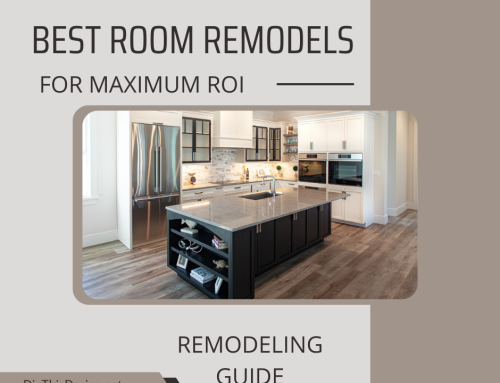A well-maintained bathroom is not only essential for daily routines but also adds to the overall comfort and aesthetics of your home. To ensure peak performance and functionality, it’s crucial to adopt a proactive approach to bathroom maintenance.
By following a few simple guidelines and engaging in regular upkeep, you can prevent potential issues and enjoy a relaxing and efficient space for years to come. Read on for more information.
A Guide for Proper Bathroom Maintenance
Proper Cleaning Practices for Longevity
Regular cleaning is the foundation of maintaining a functional bathroom. Start by using non-abrasive cleaners to prevent damage to fixtures and surfaces, and avoid harsh chemicals that can deteriorate grout and caulking, leading to leaks and mold growth. Routinely scrub away soap scum, mineral deposits, and grime to prevent clogs and discoloration, and ensure proper ventilation to reduce humidity, as excess moisture can lead to mold issues. When cleaning the decorative plumbing fixture you want to follow the manufacturer’s cleaning instructions for that particular finish. Using the wrong cleaner can permanently harm your fixtures finish.
Following these practices will extend the life of your bathroom components and maintain their aesthetic appeal.
Efficient Water Management
Prioritizing water efficiency is not only environmentally conscious but also a critical aspect of bathroom functionality. By upgrading to low-flow fixtures such as toilets and faucets, you can considerably decrease your water usage without compromising performance.
Inspect the pipes, faucets, and toilets for leaks, as even minor leaks can result in substantial water wastage over an extended period. If you notice a decrease in water pressure or inconsistent temperature regulation, it might be time to consult a residential plumber for a thorough inspection and potential repairs.
Grout and Caulking Maintenance
Water can be very damaging to your bathroom. Grout and caulking play a vital role in preventing water infiltration and maintaining a waterproof barrier in your bathroom. Over time, grout can crack and caulking can deteriorate, leading to water damage and mold growth. Regularly inspect these areas and replace any damaged grout or caulking promptly. This proactive approach prevents water from seeping into vulnerable spaces and causing more extensive issues that might require costly repairs. By addressing these minor maintenance tasks, you can avoid unnecessary headaches down the line.
Drain Care and Preventing Clogs
Blocked drains are a common issue in bathrooms, causing inconvenience and potential water damage. Preventing clogs starts with being mindful of what goes down the drain. Employ drain covers to capture hair and debris before they trigger blockages, and avoid flushing items like cotton swabs, wipes, and excessive toilet paper, as these can clog the pipes.
If you encounter persistent slow drainage or recurring clogs, it’s wise to call upon a plumber to assess the situation. Experienced plumbers possess the knowledge to accurately diagnose and efficiently address intricate plumbing problems.
Conclusion:
A well-maintained bathroom is a testament to your commitment to a comfortable and functional living space. By adopting proactive cleaning practices, managing water usage efficiently, attending to grout and caulking, and preventing clogs, you can ensure the peak performance of your bathroom.
Remember that for more intricate plumbing concerns, such as water pressure problems or persistent leaks, consulting a plumber is a smart decision. With regular care and occasional professional assistance, your bathroom will continue to serve as a serene oasis for relaxation and rejuvenation.
Other posts you might enjoy:
5 Common Bathroom Problems and How to Fix Them
Top 6 Considerations When Designing or Revamping the Bathroom





